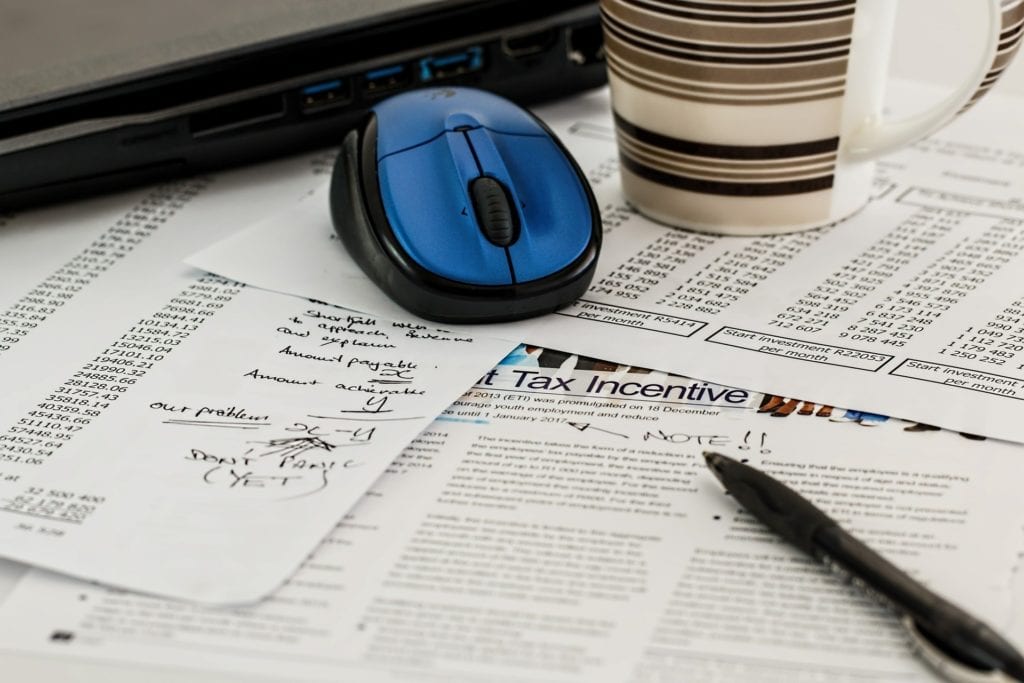5.3.2 Income Statements
| In this lesson you will learn: |
|---|
✅ Main features of an income statement, e.g. revenue, cost of sales, gross profit, profit and retained profit ✅ Use simple income statements in decision-making based on profit calculations (constructing income statements will not be assessed) |
Income statements can look complicated. We are going from just a simple profit calculation to figuring out three different types of profit: gross profit, profit and retained profit.
| ⭐⭐⭐Top Tip ⭐⭐⭐ It’s really important to take your time and learn how gross profit, profit and retained profit are calculated. You will need to have a clear understanding of each in order to understand profitability ratios (Unit 5.5 Analysis of Accounts) |
However, you don’t need to know how to construct income statements. You just need to understand the basics of how a very simple income statement works.
Main features of an income statement

So let’s start with Gross Profit. We will use the example of Richie’s Restaurant to show the main features of an income statement and how gross profit, profit and retained profit is calculated.
Richie’s Restaurant sells 80 meals priced at $10 each. The cost of ingredients is $300. How much gross profit does he make?
| Gross Profit = Sales Revenue – Cost of sales Cost of sales is the cost of materials used to make a product or service. |
First Richie must calculate his sales revenue. Then we take away the cost of sales. In a restaurant the cost of sales is the cost of ingredients of the different dishes.
Sales Revenue (80 meals x $10 each) = 800
Cost of sales (Ingredients $300) – 300
Gross Profit 500
This is how the gross profit calculation is shown in Richie’s Income Statement:
| Income Statement for Richie’s Restaurant | |
| Sales Revenue | 800 |
| Cost of Sales | 300 |
| Gross Profit | 500 |
We can increase gross profit by increasing sales revenue or reducing the cost of sales.
However, gross profit does not include all the costs of a business. The restaurant will still have to pay expenses that aren’t included in cost of sales like electricity, insurance, salaries of staff and so on.
So profit can be calculated by taking expenses from gross profit, or finding the total costs and then subtracting these from sales revenue.
| Profit = Sales Revenue – Total Costs OR Profit = Gross profit – Expenses |
Richie’s expenses are $200 so we take this from the gross profit of $500 to get $300 profit.
This is how the profit calculation is shown in the income statement:
| Income Statement for Richie’s Restaurant | |
| Sales Revenue | 800 |
| Cost of Sales | 300 |
| Gross Profit | 500 |
| Expenses | 200 |
| Profit | 300 |
Once profit has been calculated the business owners must decide how much to keep as dividends and how much they will reinvest in the business. Any profit that they keep after dividends and tax have been paid is retained profit.
| Retained Profit = Profit – Dividends |
At Richie’s restaurant his investors will take $100 in dividends which leaves $200 of retained profit to reinvest in the business.
| Income Statement for Richie’s Restaurant | |
| Sales Revenue | 800 |
| Cost of Sales | 300 |
| Gross Profit | 500 |
| Expenses | 200 |
| Profit | 300 |
| Dividends | 100 |
| Retained Profit | 200 |
Retained profit is used to pay for capital investment and expansion in the future.

